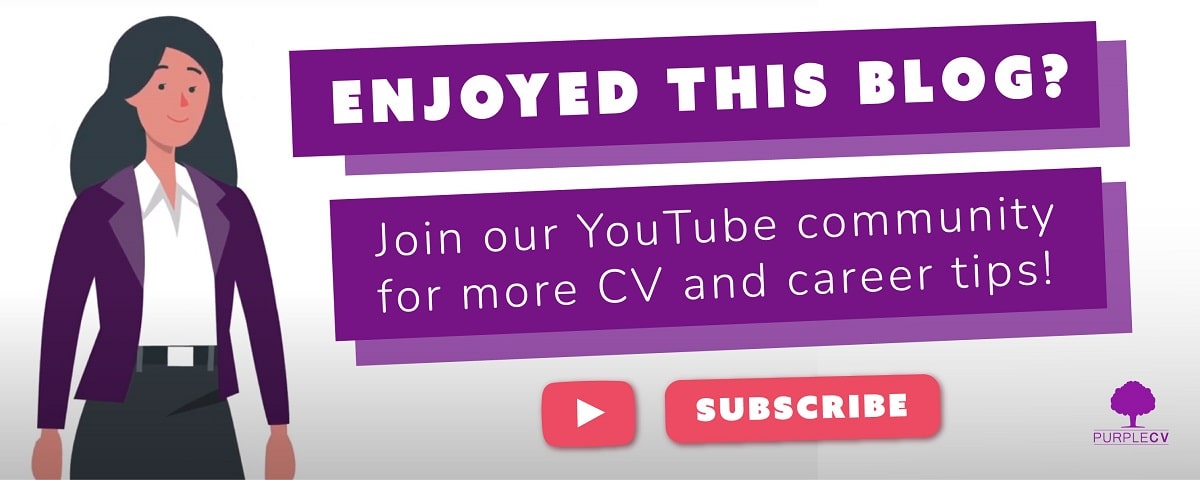When you’re managing a project, it’s a good idea to know what resource levelling and smoothing are.
These are terms from the Project Management Body of Knowledge (PMBOK), a set of guidelines for keeping work on track and ensuring successful outcomes. The latest edition, compiled by the Project Management Institute, came out back in 2021.
While the PMI issues certifications such as the Project Management Professional (PMP) qualification, you don’t need accreditation to understand these resource usage principles.
Every project has a critical path – crucial tasks requiring a set amount of time to complete.
Resource levelling and smoothing are project management techniques that can help you achieve the critical path when there are barriers to success. No matter your industry, the two biggest challenges are likely time and resource constraints.
In this article we’ll explain the difference between resource levelling and smoothing, plus how to use these principles in any project.
Looking for a new job involving project management? Here’s how to write a management CV that’s suitable for all industries.
What is resource leveling in project management?
Resource leveling is a project management strategy you can use if team members don’t have enough time to complete the work by the deadline, but you can seek an extension.
This also assumes that there aren’t any other new team members who can join the project, perhaps due to budget constraints.
In other words, your resource constraint is fixed but there’s some potential to extend the project deadline, giving team members more time to complete the work.
Resource leveling does not require additional hours from team members – they don’t need to work overtime or risk experiencing burnout to finish the work on time. Instead, the project deadline moves further back to avoid overloading employees.
Conflict can affect resource allocation too. These are some of the different conflict resolution models and how to use them at work.
What is resource smoothing?
With resource smoothing, here the project deadline is fixed and you cannot seek an extension.
For example, perhaps a client has commissioned your team partly because you agreed to meet a set deadline and understood the project’s urgency. But now, something is putting that deadline under threat – for one reason or another, the project risks falling behind schedule.
However, unlike resource levelling, you don’t necessarily have restrictions on resources – in this case, the simplest option is to expand the team.
Internally, that involves identifying employees who are available to give some of their time to the team. An external solution involves hiring brand new team members, either on permanent or temporary contracts (such as contractors).
If there’s a hard deadline and also constraints on your critical resources, the other option is to seek a change of project scope. In other words, you still agree to meet the deadline but make changes to the work the team is doing.
That may mean doing less work than originally anticipated – in which case, you’ll likely need permission for this. Alternatively, you may be able to identify a different way to complete the project and achieve the same results, but work more efficiently with the resource constraints.
The third option doesn’t require additional team resource demand or a change of scope, but does need good planning in advance.
By factoring in some additional time or slack into the project at the outset, you may be able to stay on track by letting team members use this contingency.
Alternatively, by completing an earlier part of the project ahead of schedule, you could create some additional time to take advantage of later in the project.
Project managers sometimes call it ‘free and total float’ – Project Management Academy explains this here.
Resource levelling and smoothing – key takeaways
To compare and contrast, resource levelling is a project management software approach for when you:
- Have limited resources
- Can move the project deadline
- Can cope with the project lasting longer than initially scheduled
Bear in mind that an overrunning project duration could impact other ones, if the same team members are due to work on these too.
Meanwhile, resource smoothing takes all necessary steps to complete projects on time. It is a way of managing the project when you:
- Have time constraints or
- Have a strict deadline
Solutions include:
- Expanding the team / resource management
- Changing the project scope
- Making use of slack time
Our recommendations for resource smoothing best practices include:
- Use a detailed project plan or schedule including all the individual tasks and due dates
- Work out which tasks are essential to completing the project schedule on time and prioritising them
- Identify room for slack, the amount of time you can delay some tasks without risking overall project delays
- Reallocating team members to meet the deadline or bringing new ones into the project
Resource smoothing can incur additional costs – for example, by hiring contractors – but if the project deadline cannot move, this is a trade-off the project manager needs to weigh up.
Joining a new project team in their office as part of resource smoothing project management technique? Read our office etiquette guide for new employees first.
Final thoughts
Keep resource levelling and smoothing in mind for your next project. When it comes to resource requirements, things often don’t go according to plan! But you may be able to handle resource availability or time constraints using some of these principles.
For other helpful guides, check out our blog. It’s full of how-to tips and tricks for project and line managers, whether resource optimization is part of your remit or not!
This article covers some of the fundamentals of project oversight and even resource management software. But we can also share some tips on how to be a good line manager. Plus, read through a list of the best 360 degree feedback questions for your line report’s next peer review.
A smoothing or resource leveling technique can also help prevent employee burnout and keep a good work-life balance in place. Rest and recovery time is important. Here are some ideas for things to do on a day off or annual leave.
And if you’ve always wondered what managing upwards means and how to do it, we’ve got you covered. Managing upwards is a good way to warn the project manager that you’re at full capacity or at risk of missing a deadline, so they can plan a workaround.
No matter what career stage you’re at, PurpleCV can help. If you’re applying for a new job, take a look at our CV writing service. For any queries, please don’t hesitate to contact us.


